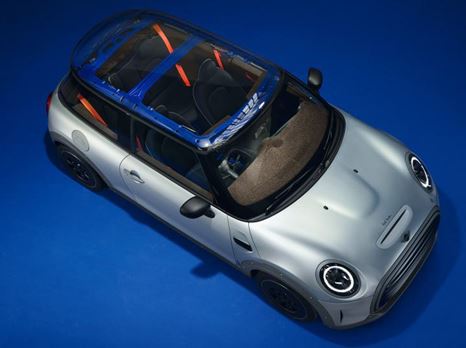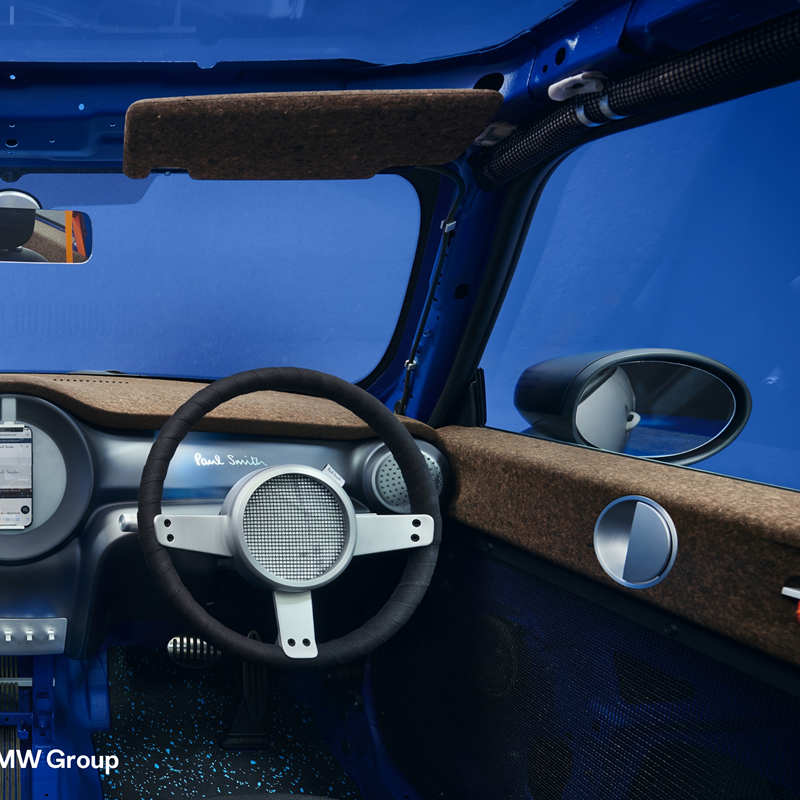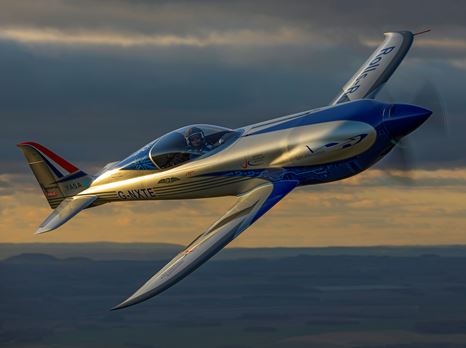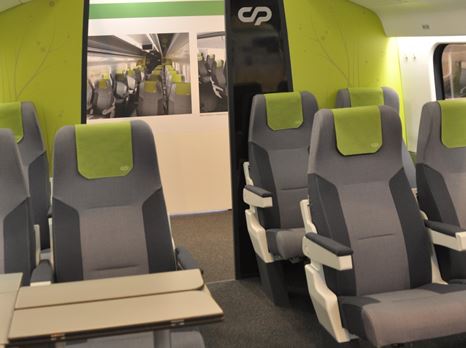
Amorim cork used inside the MINI Strip
Integrated in the dashboard, sun visors and doors, cork is a natural raw material that provides the German brand's car with comfort, water resistance, thermal and acoustic insulation, and anti-vibration.
Cork on the path towards the mobility of the future
Ensuring transport sustainability is an increasing concern for companies and citizens. Global awareness of this concern has led car manufacturers to progressively choose raw materials that guarantee a symbiosis between performance and sustainability. The sector’s biggest companies are now investing in more environmentally friendly transport solutions, thereby contributing to the sustainable future of our planet, through the use of materials that have a negative carbon footprint.
As a 100% natural, recyclable and sustainable material, cork can offer a precise response to this challenge. It is now used in structural elements and the interior components of various means of transport. Although not always visible, cork is applied in cars, buses, high-speed trains, ships and planes.
Amorim Cork Composites has used its expertise in highly technological and specialised sectors, such as the aerospace industry, to develop highly innovative solutions, that can make a difference in the mobility sector, in projects developed by the automobile sector’s leading business groups.
With its attractive look and warm and soft touch, cork has been chosen to create components for the interior of vehicles that stand out in terms of comfort and the natural beauty of the raw material. Through moulding, extrusion and injection processes, cork can assume the most diverse forms and is being used to create door coverings and elements for the interior consoles and dashboards of the vehicles of different brands.
One of the most recent and innovative projects is Mazda's new 100% electric car, in which cork is integrated into the lining of the interior console. Cork was selected because it is a natural, sustainable and biodegradable raw material, and therefore helps reduce the environmental footprint of the Japanese brand’s new model.
Cork is also used in the interior of the recent MINI Strip - on top of the dashboard, and in the sun visors and doors. Cork’s natural characteristics, such as lightness, elasticity and softness to the touch, endow a feeling of well-being, natural beauty and comfort inside the car, which is designed by the British designer, Paul Smith.

In addition to cars, Amorim Cork Composites also offer cork solutions for buses, trains and planes, used in their interiors, side and top panels, flooring and also battery components for cars and planes. This is driven by common objectives: to improve thermal insulation and fire resistance, reduce noise and make structures lighter, thereby lowering energy consumption and other resource requirements of these means of transport - rendering them more efficient.
Although not always visible, cork’s natural characteristics differentiate it when applied in mobility projects. Its lightness, durability and thermal and fire resistance, combined with its thermal, acoustic and anti-vibration insulation properties, create solutions that deliver passenger safety and comfort. Use of cork also helps reduce energy consumption and ensures a lower environmental impact of the projects in which it is applied.

Integrated in the dashboard, sun visors and doors, cork is a natural raw material that provides the German brand's car with comfort, water resistance, thermal and acoustic insulation, and anti-vibration.

Amorim Cork Composites is celebrating the successful test flight of a groundbreaking electric plane that used Amorim Cork Composites materials in its battery system.

CP’s entire fleet of Alfa Pendular trains is currently being remodeled, with the integration of cork solutions from Amorim Cork Composites specifically developed for the railway industry.